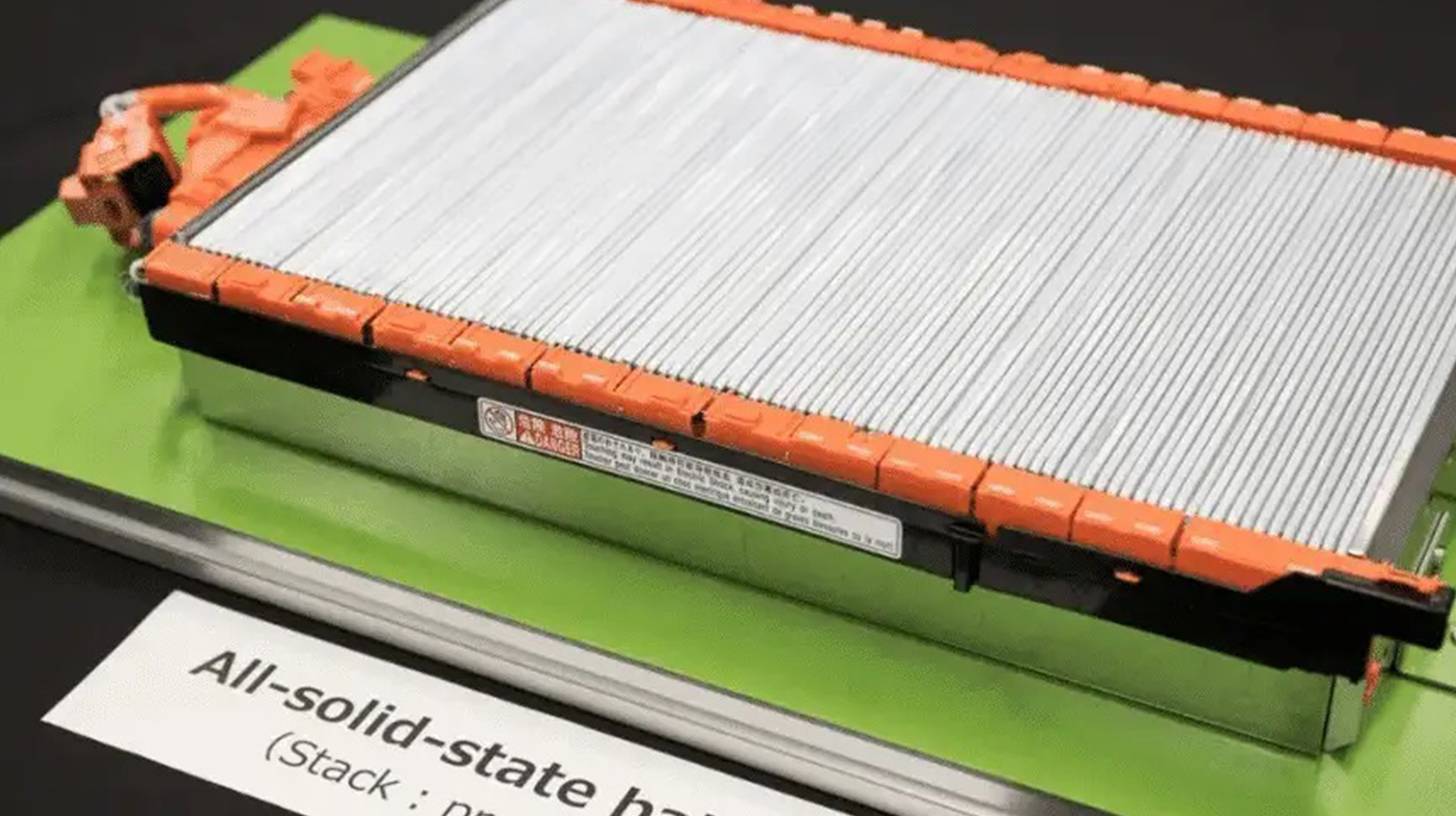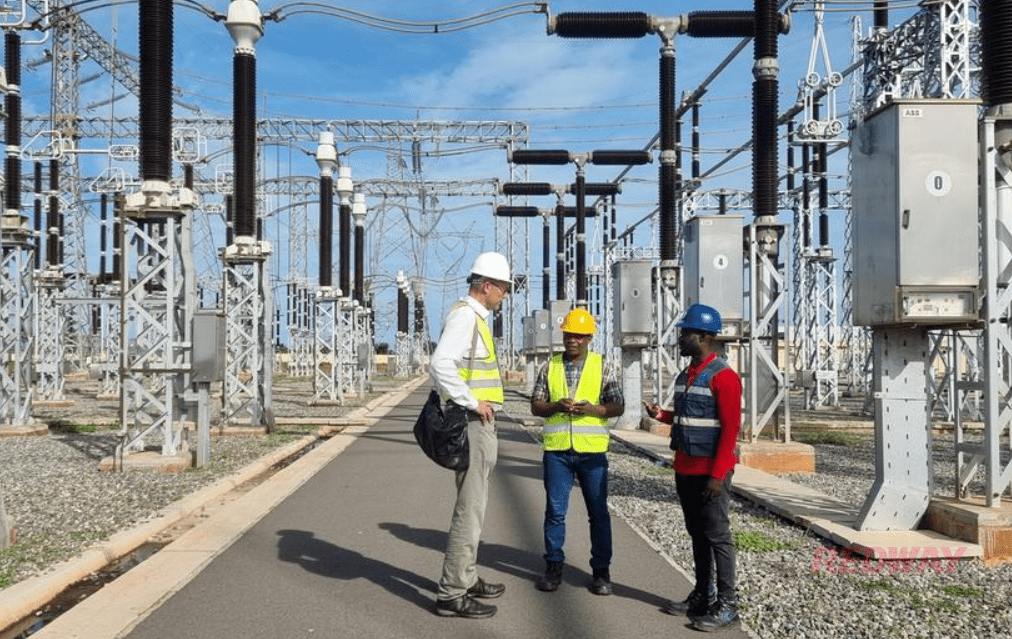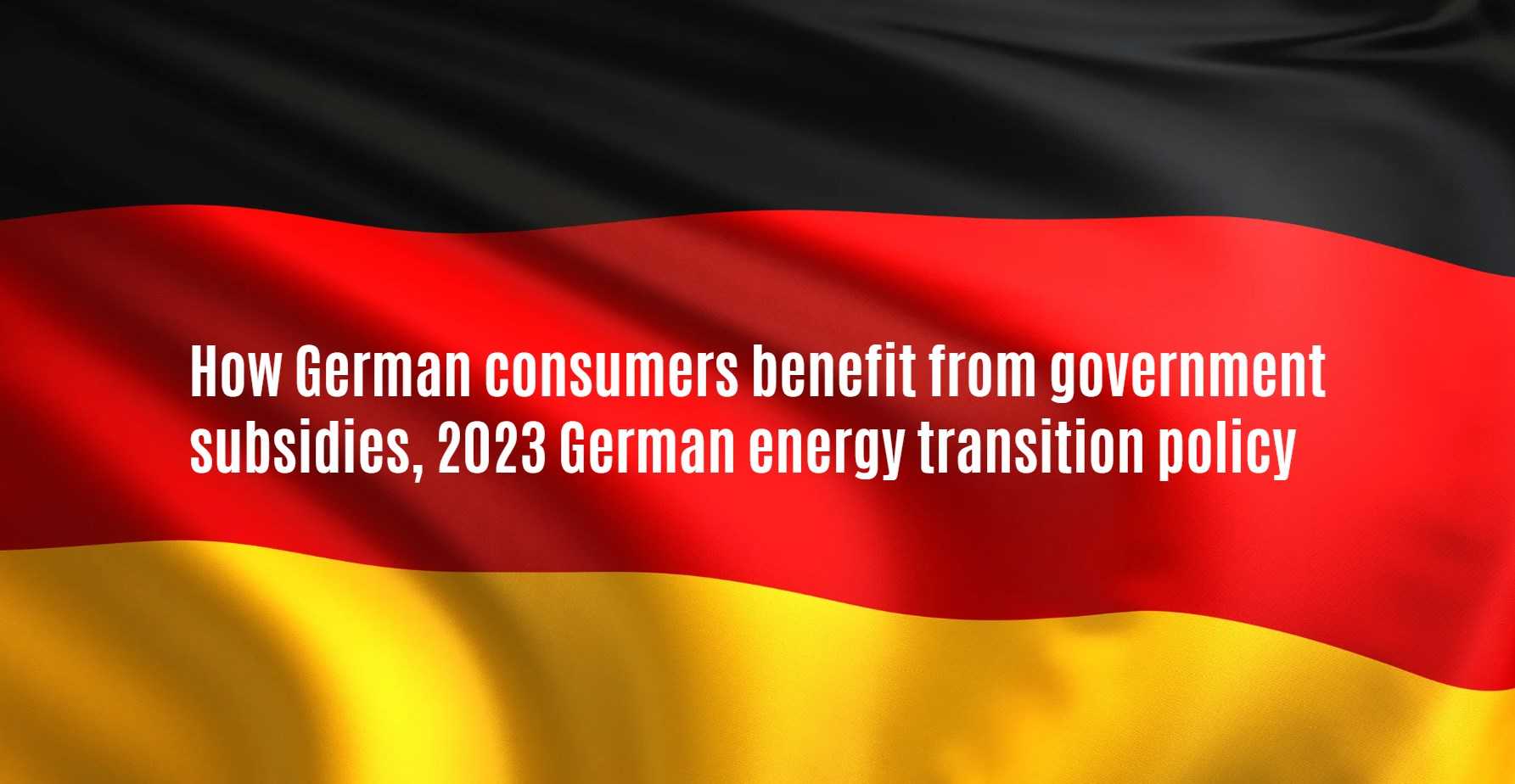SK On Develops High-Conductivity Solid Electrolyte Material to Revolutionize Solid-State Batteries
Welcome to the electrifying world of solid-state batteries, where innovation is sparking a revolution in energy storage! Today, we delve into the realm of cutting-edge technology and explore how SK On’s groundbreaking high-conductivity solid electrolyte material is poised to transform the landscape of battery power. Join us on this thrilling journey as we uncover the potential impact of this game-changing advancement in energy storage solutions.
Challenges with Current Battery Technology
Current battery technology faces various challenges that hinder its efficiency and performance. One major issue is the use of liquid electrolytes in traditional batteries, which can be flammable and prone to leaking. This poses safety risks and limits the potential for higher energy density.
Another challenge is the degradation of electrodes over time due to repeated charging and discharging cycles. This leads to a decrease in battery capacity and overall lifespan, impacting the reliability of electronic devices.
Moreover, current batteries are limited by slow charging times, hindering user convenience in an increasingly fast-paced world where instant power is essential. The need for more sustainable and environmentally friendly battery materials also remains a pressing concern in today’s tech-driven society.
Innovations like SK On’s high-conductivity solid electrolyte material offer promising solutions to these challenges by addressing safety issues, enhancing durability, improving charging speeds, and promoting eco-friendly practices within the battery industry.
What is SK On’s High-Conductivity Solid Electrolyte Material?
SK On’s high-conductivity solid electrolyte material is a game-changer in the realm of solid-state batteries. Unlike traditional liquid electrolytes that can be volatile and prone to leakage, SK On’s material offers enhanced safety and stability. This innovative substance allows for faster ion transport within the battery, leading to improved overall performance.
The unique composition of SK On’s material enables it to maintain high conductivity even at low temperatures, making it ideal for various applications where battery efficiency is crucial. Its robust properties also contribute to extending the lifespan of solid-state batteries, offering a more sustainable energy storage solution.
By harnessing the power of SK On’s high-conductivity solid electrolyte material, manufacturers can revolutionize how we use and store energy in devices ranging from smartphones to electric vehicles. The future looks bright for solid-state batteries with this groundbreaking technology paving the way for a greener and more efficient tomorrow.
Advantages of SK On’s Material for Solid-State Batteries
SK On’s high-conductivity solid electrolyte material presents a game-changing solution for solid-state batteries. One key advantage is its enhanced safety compared to traditional liquid electrolytes, reducing the risk of leakage and thermal runaway incidents. This can make solid-state batteries more reliable for various applications, from consumer electronics to electric vehicles.
Moreover, SK On’s material offers improved energy density, allowing for longer-lasting battery performance in a more compact design. This could lead to lighter and more efficient devices that require less frequent charging. Additionally, the material exhibits excellent stability over numerous charge-discharge cycles, enhancing the overall lifespan of solid-state batteries.
With these advantages, SK On’s innovative material has the potential to revolutionize the battery industry by enabling safer, higher-performing, and longer-lasting energy storage solutions across various sectors.
Potential Impact on the Battery Industry
The potential impact of SK On’s high-conductivity solid electrolyte material on the battery industry is nothing short of groundbreaking. With the ability to significantly enhance the performance and safety of solid-state batteries, this innovation has the power to revolutionize how we think about energy storage.
By overcoming key challenges in current battery technology, such as limited energy density and slow charging times, SK On’s material opens up a world of possibilities for more efficient and reliable power sources. This could lead to advancements in various sectors, from electric vehicles to portable electronics, creating a ripple effect throughout the entire industry.
Moreover, the scalability and versatility of this new material offer opportunities for customization and optimization that were previously unattainable with traditional battery technologies. As a result, we may see an accelerated shift towards widespread adoption of solid-state batteries powered by SK On’s innovative solution.
Innovation begets progress, and with SK On leading the charge in developing cutting-edge materials for solid-state batteries, we are on the cusp of a transformative era in energy storage solutions.
Future Developments and Applications of SK On’s Material
As technology advances, the future holds exciting possibilities for SK On’s high-conductivity solid electrolyte material. With its potential to revolutionize solid-state batteries, we can expect to see major developments in various industries. From consumer electronics to electric vehicles, the applications are vast.
Imagine smartphones with longer battery life and faster charging capabilities thanks to this innovative material. Electric cars could travel farther distances on a single charge, making them even more practical for everyday use. The aerospace industry might benefit from lighter and more efficient battery systems using SK On’s material.
Moreover, renewable energy storage solutions could become more reliable and sustainable with the integration of this breakthrough technology. The implications are far-reaching and have the potential to reshape how we power our world in the years to come.
Conclusion
Solid-state batteries are poised to revolutionize the future of energy storage, and SK On’s high-conductivity solid electrolyte material is at the forefront of this innovation. By addressing key challenges in current battery technology and offering superior performance characteristics, SK On’s material has the potential to drive significant advancements in various industries.
With its exceptional conductivity, stability, and compatibility with a wide range of materials, SK On’s solid electrolyte material represents a promising solution for enhancing the efficiency and safety of solid-state batteries. As research and development continue to progress in this field, we can expect to see even more groundbreaking applications emerge, further propelling the evolution of battery technology.
The journey towards widespread adoption of solid-state batteries powered by high-conductivity solid electrolytes is just beginning. With companies like SK On leading the way with their innovative materials, we are on the cusp of a new era in energy storage that promises improved performance, increased sustainability, and enhanced reliability for countless devices and systems. Exciting times lie ahead as we witness these advancements unfold before our eyes.





